 The good news is that you probably won’t have to hear the phrase, “the Uber for recruiting” anytime in the foreseeable future.
The good news is that you probably won’t have to hear the phrase, “the Uber for recruiting” anytime in the foreseeable future.
The truth, however, is that the phenomenon of disintermediation in the talent acquisition space is anything but over.
In fact, most recruiting related startups these days – acting under the fundamental precept that “hiring is broken,” despite little to no evidence to support this sweeping statement – have a value proposition that’s fundamentally tied to shifting control from the recruiter to the hiring manager.
And that could become a really big problem, left unchecked.
That’s A Check.
A significant portion of recruiting related spend, obviously, comes out of the hiring manager’s budget, not talent acquisition’s, meaning that for SaaS aspirants, cutting recruiters out of the sales process and product roadmap means going where the money is, with apologies to Willie Sutton.
The ease of posting job ads, reviewing resumes and virtual interviewing created by technology has created efficiencies in recruiting that, unfortunately, might also lead to recruiters being displaced entirely from the hiring process.
Obviously, this isn’t the brightest of ideas when it comes to strategic talent acquisition, but as companies continue to look for ways to gain competitive advantage through strategic hiring, the combination of potential cost savings and underestimation of what real recruiting success really requires could prove an increasingly enticing proposition for putting hiring directly in the hands of hiring managers.
While recruiter growth and demand are expected to continue for the foreseeable future, the truth of the matter is that the profession remains a canary in the employment coal mine, largely, and while the jobs economy continues to boom, the bubble can burst at any moment.
Future: 4 Survival Techniques for The Recruiting Apocalypse.

History has showed us that the cyclical nature of the economy is an inevitability (and we’re statistically due a downturn), but unlike in the past, recruiters will be threatened not only by the bigger economic and jobs picture, but the increasing ability of companies to ostensibly automate recruiters completely out of existence.
This means that if recruiters don’t have a deep network of connections, specific industry expertise or functional experience and a proven track record of making better hires for less money, their headcount may soon be guillotined.
The thing is, if you can’t add demonstrable value or quantifiable proof to hiring managers and HR leaders alike that you’re making an impact on the bigger business and bottom line, you’re going to be pretty much screwed when the slowdown hits.
And it always does, sooner or later.
The good news is, if you’re a recruiter, there’s plenty that you can start doing now to get ready for what happens when the bull market bears down. Here are 5 things every talent acquisition pro can do today to ensure that they can survive – and thrive – when winter comes and the hiring freeze happens.
Consider this a survivalist guide to the Recruiter Apocalypse.
4. Mask Off: Get to Know Your Hiring Managers.

Too many recruiters make their interactions with their hiring managers all about the job, but the intake meetings and continuous communication during the hiring process should focus just as much on the hiring manager as the kind of candidate they’re purporting to hire.
It’s pretty easy to simply figure out what the minimum and preferred qualifications are, what the hiring manager is looking for in a hire and all the other fundamental stuff we waste too much time on, but it’s imperative to go beyond the job requirement and get to know the person ultimately responsible for making the final hiring decision.
Before your first meeting, consider doing a little bit of background research – even a perfunctory LinkedIn or internal employee directory search should suffice – and figure out some potential talking points or common areas of connection that have nothing to do with the recruiting process.
The goal isn’t to be an order taker, so recruiters who focus exclusively on the tactics when meeting with hiring managers miss out on an opportunity to build the requisite trust and respect needed to make great hiring happen as painlessly as possible.
Even if you’re a competent, seasoned recruiter with niche industry or functional expertise, if you only talk recruiting, the hiring manager is only going to see you as a recruiter. The goal is to have them see you as a partner, and, optimally, someone who knows their stuff – that’s how trust happens.
This means having a bigger conversation, and getting to know a little bit more about the hiring manager themselves.
How did they get here? What was their professional journey? What did they do that they considered essential for success? How do they define failure? What do they value most in a coworker, and what sort of relationship do they hope to have with the new hire?
Most hiring managers will gladly tell you more than you care to know, if you only ask.
We all like talking about ourselves, and the more you can focus the conversation on the hiring manager and their wants and needs, the better picture you have not of the skills and backgrounds of the candidates you have to find (the easy part), but which ones are going to be likeliest to click enough with the hiring manager to actually get hired, too.
A lot of this rests on personality, which is why it’s so important to get to know your hiring manager.
The more you focus on building a relationship, the less likely you’ll be seen as just another interchangeable recruiter and instead be considered a valuable business partner whose institutional knowledge and internal relationships are indispensable parts of the company’s hiring process.
That’s what friends are for, after all.
3. Turn on the Lights: The Value of Candidates As Connections, Not Customers.

I hung onto my Rolodex for about as long as I hung onto my Blackberry, but inevitably, the proliferation of accessible information and explosion of contacts made such old-school technologies more or less obsolete.
Building a network is no longer collecting business cards and turning contacts into meaningful connections; now, it’s a matter of sending out a few requests, maybe posting some updates and plugging in some APIs and boom – you’ve got a bigger and more potentially powerful network than you could ever capture in a Rolodex.
LinkedIn began this phenomenon, but in the age of inbound marketing, automation drives communication, and we’ve largely replaced the concept of “network” with that of “database,” much to the detriment of relationship driven recruiters and seasoned talent pros.
Most feel that the only way to compete with the shift towards automation is through adopting a similar approach to recruiting at scale, that if you can’t beat them, technologically speaking, you might as well join them. That is, if you want any hope at hiring success whatsoever. This, of course, is bollocks.
Instead of focusing on more connections, building better targeting for email sends and EB campaigns or building “candidate personas,” maybe stop for a minute and think about the fact of the matter is, in recruiting today, less is more. Every requisition ends with only one successful candidate getting hired, but contrary to popular belief, that doesn’t make the rest of them completely worthless, either.
The one thing that we seem to be missing from the “candidate experience” (gag) conversation – and it’s an extensive one, to be sure – is the fact that not all candidates are created equal. Look, it’s asinine to assume that it’s a recruiter’s responsibility to have to contact everyone who applied for a job, even if they weren’t qualified – hell, in that case, they’re not even actually candidates.
So just because they wasted their time applying for a job without bothering to read the minimum qualifications doesn’t mean recruiters should have to reciprocate.
At the end of the day, candidates actually do get a pretty good experience, as long as they’re still candidates. It’s the minute that they’re no longer part of that process that the actual problems tend to begin, and the further along in the process these candidates get, the more negative impact the candidate experience might actually have on your recruiting process.
The unwashed masses without any relevant experience blindly applying for your jobs aren’t going to really have the network or connections where negative word of mouth is really going to matter all that much.

Not so with the finalists, many well connected and established within the niche industry or function you’re responsible for recruiting, who are right for your company, even if they might not be right for right now.
Hiring managers almost always leave informing silver medalists and final candidates up to the recruiter, which, to their credit, is a conversation almost all of us always have. There is generally no black hole for those candidates who made it through the process, even if they didn’t ultimately get a hire.
Recruiters do notify these candidates, but too many miss out on the chance to use this final conversation to build a connection with a candidate that will almost always pay off down the long run.
This means emphasizing that while they weren’t chosen, you think they’d be a great fit for the company, express you’d like to keep in touch and instead of blasting an email to your talent community, consider sending a personalized, periodic follow up. It only has to be a few sentences, but these sentiments go a long way.
Make sure you keep the avenues for communication open, and let them know that you trust them enough to make referrals who may also be great fits for the company now that they know more about what working there is really like.
This little perfunctory follow up is something recruiters rarely do, and this high touch approach is going to do a better job targeting viable candidates and building better experiences and brand than any high tech solution or online initiative.
Stop worrying about wasting time on the candidates who stand no chance of getting hired and spend that time instead building deeper relationships and more meaningful connections with the finalists who have already proven they have what it takes to get hired (even if they weren’t the first time).
If you put the effort into connecting with these candidates, the ones who can actually fill reqs instead of just jam up your ATS, then you’re creating the kind of experience that top talent is not only the most likely to reconsider other roles at your company, but also, to tell their friends.
And given the rules of affinity, there’s a good chance those friends are going to be highly qualified, highly selective and highly hirable top talent, too.
Like attracts like, which means to get the most utility out of candidates, you have to make sure that they like you, too. If they do, you’re going to have the kind of network that works every time, no matter how many connections, friends or followers you happen to have.
If you add value to your network, they’ll do the same. Promise.
2. Kno The Meaning: Learn Your Business Better Than Anyone.

The most coveted high school recruits aren’t the ones who play a specific position – say, the five star QB or a top ranked defensive lineman. They are, in fact, those whose position is referred to as “athletes.”
That’s saying that their talent, skills and potential define any one position, and that no matter where they end up playing, they’ve got the tools to fill in anywhere on the field their team needs them.
When it comes to a “hiring team,” however, recruiters are often seen a lot like punters; not a real part of the business, but rather a specialist who comes on as needed to perform their mundane, but requisite, role within the bigger game plan.
That’s because we necessarily limit our roles and our focus to the requisitions we’re working on, the just-in-time hires we need and recruiting metrics like time to fill or cost per hire that have no actual connection to the bigger business or bottom line.
Recruiting lives largely in a silo, which makes it easy to lose sight of the reason we’re making hires in the first place. CREAM, grab the money, dolla dolla bills, y’all. Hey, recruiters rely on revenues, too. Without them, we don’t stand a chance in hell.
The way to move from being a punter who no school wants to burn a scholarship on into a coveted athlete, the kind who defies categorization and who can come in and perform as needed, when needed, is imperative for recruiters to be seen as valuable business partners who aren’t just part of the team, but essential to its success.
The only way recruiters can do this, of course, is by breaking down the barriers and getting to know the business.
Spend time with line managers. Shadow employees and schedule meetings with key stakeholders across other functions and LOBs to get to know more about what they do, how it fits into the company, what types of candidates they’re looking to hire and how you can help.
Read financial reports, press releases and marketing collateral – anything out there to help you become an expert not only on hiring, but on the business itself will provide the types of insider and institutional knowledge that provide a competitive advantage when dealing with hiring managers, candidates and senior leaders alike.
If you know your shit, and you know how your TA efforts align with bigger business objectives and long term strategy, you’re probably going to stand out and survive any recruiting related belt tightening, since at least you’ll know how to justify your existence in a way that your C-Suite cares about (since you’ll know what that actually is).
Here’s a hint: it’s got nothing to do with employer branding or social recruiting or any of the other initiatives that exist almost exclusively within talent acquisition; such initiatives only serve to make TA more insular, and without insight to the bigger business and meaningful insights into workforce or strategic planning, if you’re not an “athlete,” you’re finding yourself on a pretty precarious place on the downturn depth chart.
This is one best practice you don’t want to punt away.
1. I Won: Be A Badass.

This one’s simple. There are a lot of recruiters out there. They are interchangeable, largely transactional and imminently replaceable.
Don’t be one of those generic, faceless tools out there spamming away on LinkedIn, blasting un-targeted or irrelevant job alerts to a “talent community” or polluting everyone’s social feed with random automated job postings.
These recruiters are a dime a dozen, which is why when companies look at cutting recruiters, these interchangeable, mostly hands-off and largely lazy paper pushers are obviously a huge cost center that seems pretty easy to replace with technology, outsource or redundancies & re-leveling.
Don’t be one of those recruiters, or you’re bound to suffer the same fate as them.
If you want to stand out in recruiting, be yourself. Chances are, if you take the stick out of your butt, lose the HR act an take the time to get to know your stakeholders, both internal and external, as you instead of some recruiting cipher there to fill a req and disappear into the ether, you’re going to survive any recruiting related apocalypse.
Don’t be another recruiter. Do you. Don’t live up to expectations. Exceed them.
Chances are, you’re a badass. But when you’re yourself, there’s only one of you, and that, my friends, is one commodity that’s impossible to replace.
But it’s up to you to make the case of why you’re indispensable, before the economy or technology conspire to make that case for you. As they say, there’s no day but today.
And if you follow these simple steps to recruiting survival, you just might have a tomorrow in talent acquisition, too. Recessions and downturns be damned.



 There is a trend in Silicon Valley tech companies who boast of having the highest recruiting standards and “hiring only the best.” These companies pride themselves on the hard interview questions and the belabored hiring processes they have created. While on first glance this may seem like a wise practice, too many companies lose sight of the end goal – hiring amazing, talented people, who get shit done. Hiring the best involves screening people in, as well as screening out.
There is a trend in Silicon Valley tech companies who boast of having the highest recruiting standards and “hiring only the best.” These companies pride themselves on the hard interview questions and the belabored hiring processes they have created. While on first glance this may seem like a wise practice, too many companies lose sight of the end goal – hiring amazing, talented people, who get shit done. Hiring the best involves screening people in, as well as screening out. Eventually, our start-up was acquired, and Mike went on to lead a global team of over 900. His expertise influenced service and quality over hundreds of millions dollars worth of software products for years to come. Mike is my best example that screening in provided my employer with at least $50,000,000 in incremental value when the easiest thing was to reject Mike as a candidate because he didn’t fit “the profile.”
Eventually, our start-up was acquired, and Mike went on to lead a global team of over 900. His expertise influenced service and quality over hundreds of millions dollars worth of software products for years to come. Mike is my best example that screening in provided my employer with at least $50,000,000 in incremental value when the easiest thing was to reject Mike as a candidate because he didn’t fit “the profile.” Bob Lehto is a Human Resources leader with more than a 15 years of progressive HR experience, including managing global HR, recruiting and office staff. He possesses global expertise in both start-up and large technology companies and is passionate about helping start-ups excel through people. Follow him on
Bob Lehto is a Human Resources leader with more than a 15 years of progressive HR experience, including managing global HR, recruiting and office staff. He possesses global expertise in both start-up and large technology companies and is passionate about helping start-ups excel through people. Follow him on 
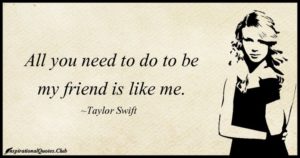 How can this be said without offending anyone? In the recruiting game, there are two main players. But, it isn’t Hiring Managers vs. Recruiters. Not Passive vs. Candidates. It is doubt vs. fear. Recruiters are full of doubt. Do we have an accurate job description? Is the hiring manager ready to hire quickly?
How can this be said without offending anyone? In the recruiting game, there are two main players. But, it isn’t Hiring Managers vs. Recruiters. Not Passive vs. Candidates. It is doubt vs. fear. Recruiters are full of doubt. Do we have an accurate job description? Is the hiring manager ready to hire quickly?
 4. Objections
4. Objections
 About the Author: Dean Da Costa is a highly experienced and decorated recruiter, sourcer, and manager with deep skills and experience in HR, project management, training & process improvement. Dean’s keen insight and creation of innovative tools and processes for enhancing and changing staffing has established Dean as one of the top authorities in sourcing and recruiting.
About the Author: Dean Da Costa is a highly experienced and decorated recruiter, sourcer, and manager with deep skills and experience in HR, project management, training & process improvement. Dean’s keen insight and creation of innovative tools and processes for enhancing and changing staffing has established Dean as one of the top authorities in sourcing and recruiting. 
 There is currently a seismic shift under way in terms of how companies think about the fundamental concept of “value,” a long codified concept historically understood as more or less sacrosanct within the world of business.
There is currently a seismic shift under way in terms of how companies think about the fundamental concept of “value,” a long codified concept historically understood as more or less sacrosanct within the world of business. In November 2016, Marc Benioff, the CEO of enterprise software giant Salesforce, a leader in the data-driven business revolution,
In November 2016, Marc Benioff, the CEO of enterprise software giant Salesforce, a leader in the data-driven business revolution,  Google, for example, has an enviable and effective portfolio of
Google, for example, has an enviable and effective portfolio of  These various data sources can be bifurcated into more or less two categories.
These various data sources can be bifurcated into more or less two categories.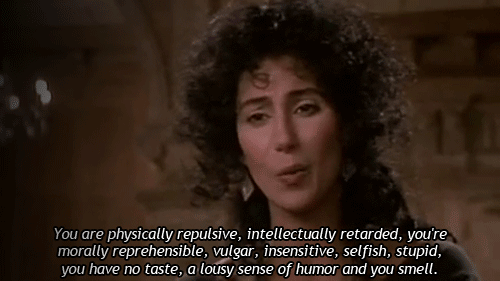
 The biggest challenge most employers face when tapping into talent data is that they either don’t have any easy way of collecting and interpreting that data.
The biggest challenge most employers face when tapping into talent data is that they either don’t have any easy way of collecting and interpreting that data. Individually, each of these outcomes has the potential to be a game changer in talent management and attraction.
Individually, each of these outcomes has the potential to be a game changer in talent management and attraction. About the Author: David Sokolow is the Founder and CEO of
About the Author: David Sokolow is the Founder and CEO of 
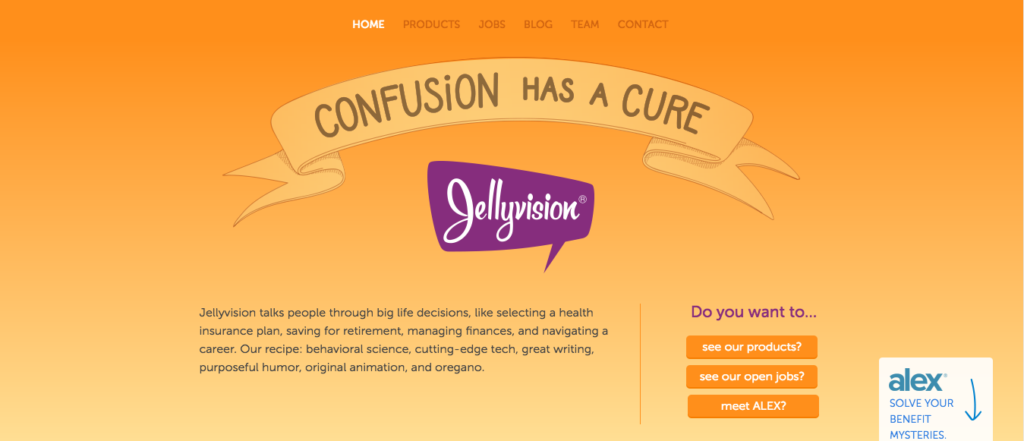
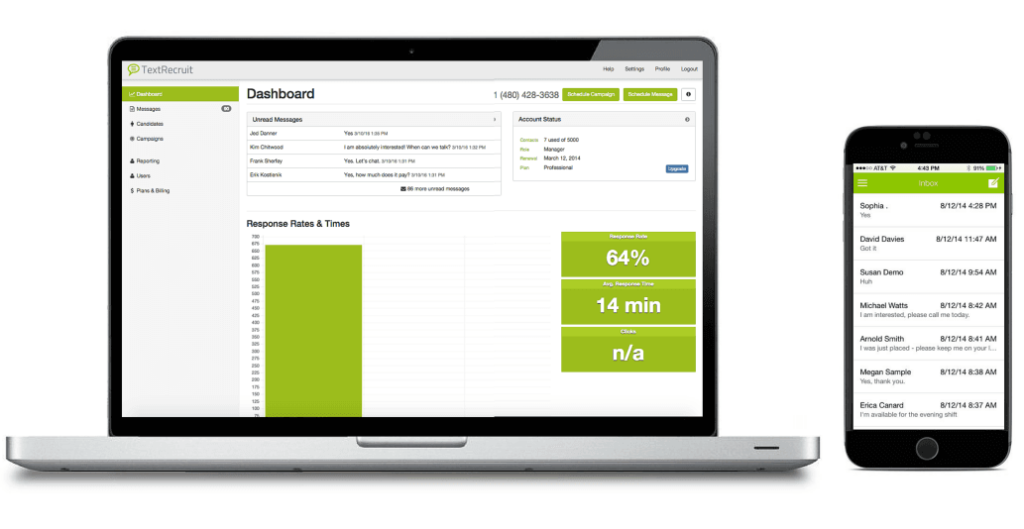
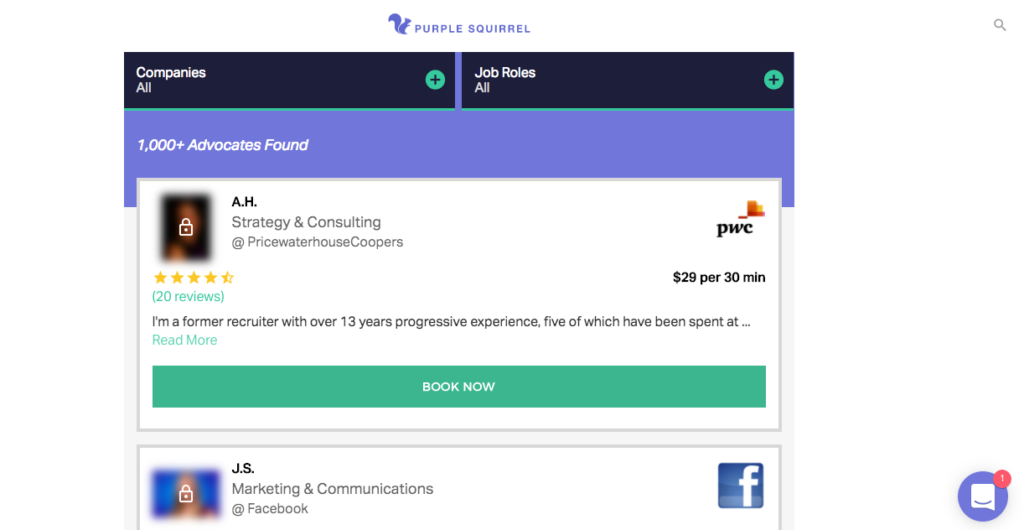

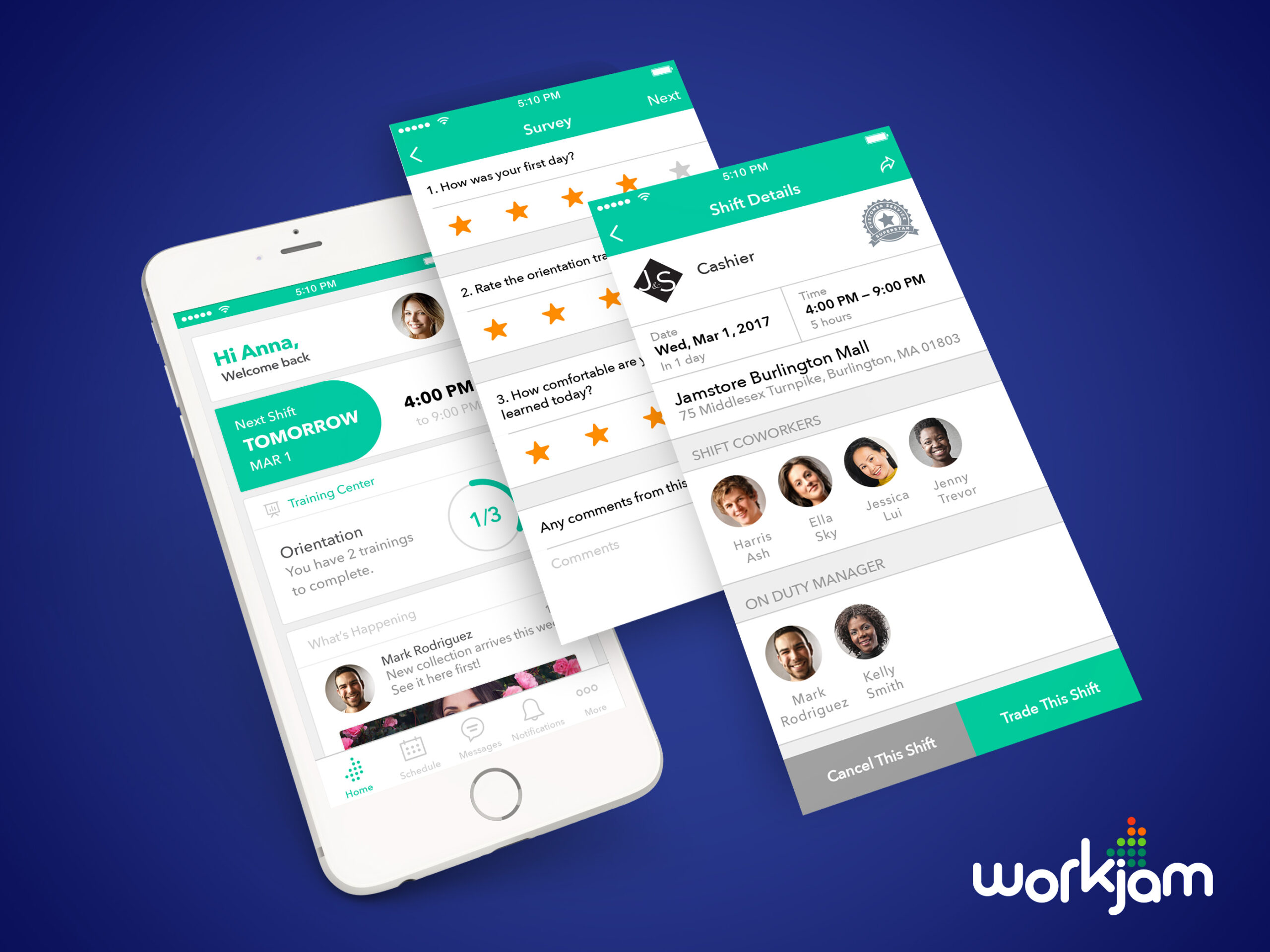

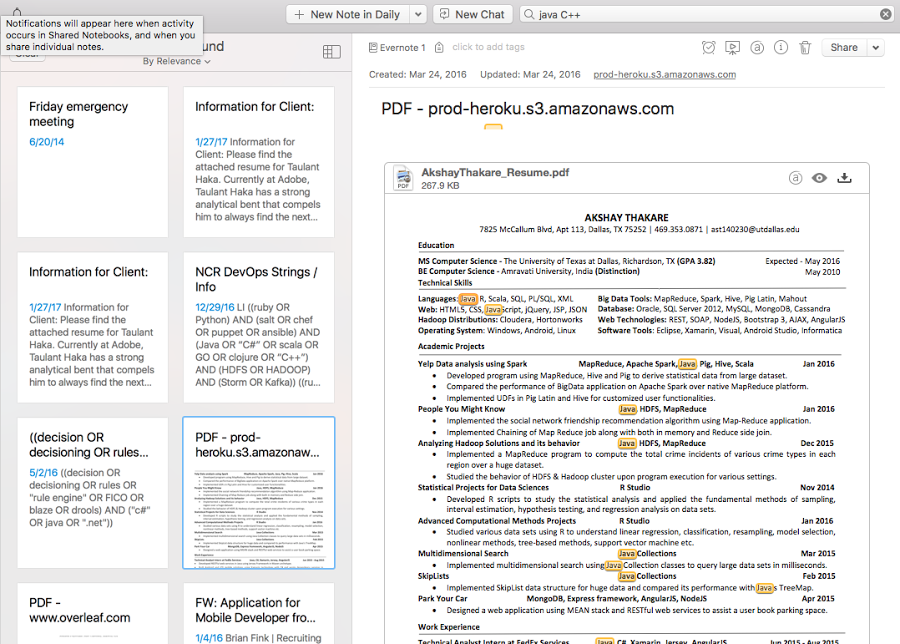

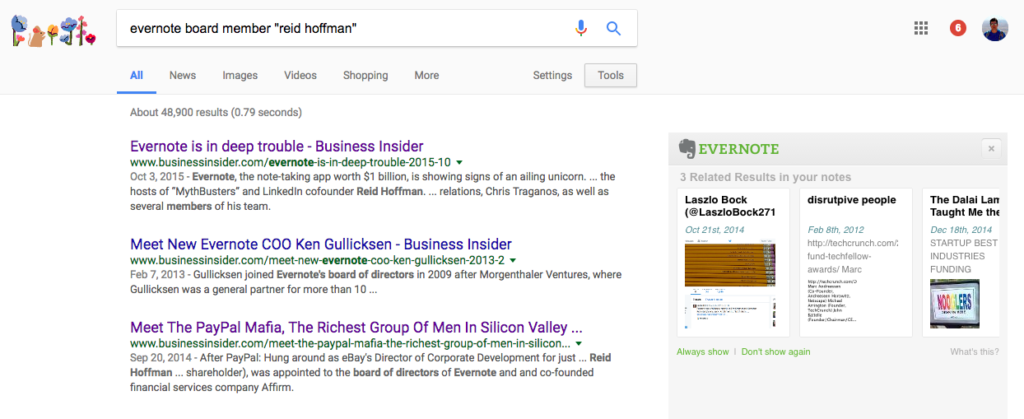

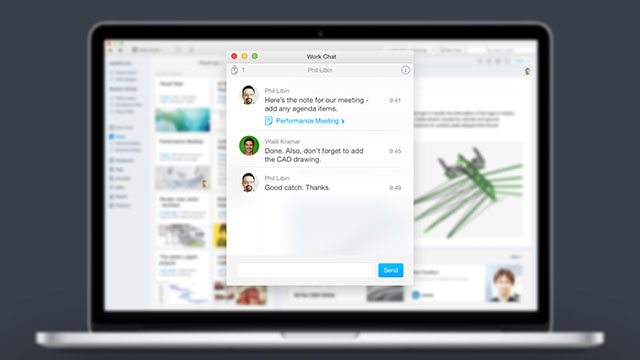
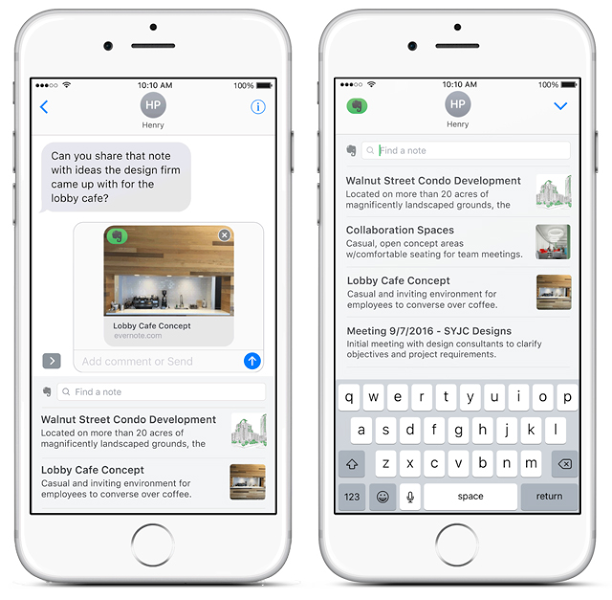
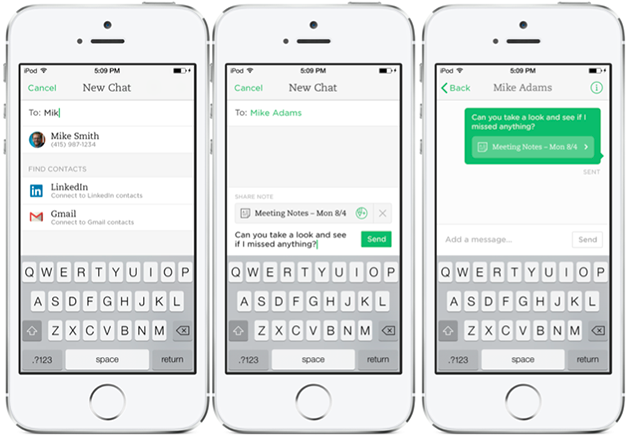
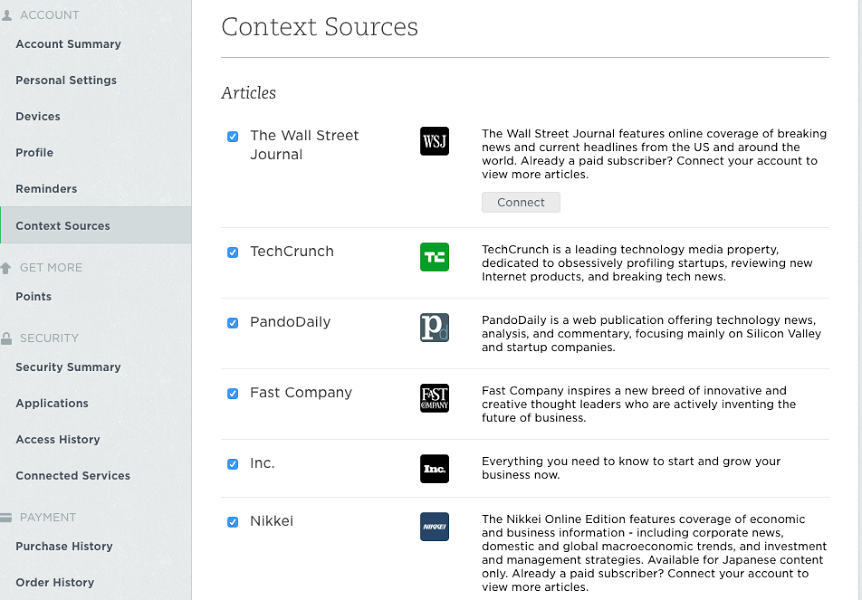
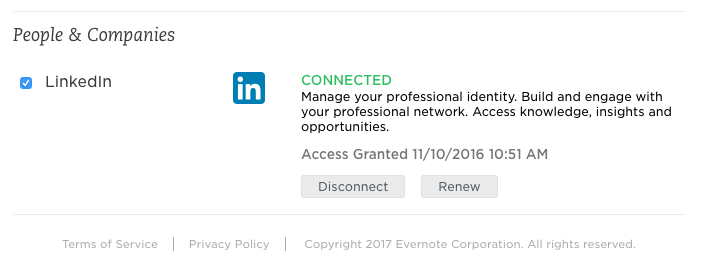 Going back to my first image where I typed in Java and C++, I moved to one of my notes, and noticed that there’s some Context beneath that might be further related to this search, but instead, I find notes relevant to DevOps Interviewing questions, alternative strings, and a note from a candidate.
Going back to my first image where I typed in Java and C++, I moved to one of my notes, and noticed that there’s some Context beneath that might be further related to this search, but instead, I find notes relevant to DevOps Interviewing questions, alternative strings, and a note from a candidate.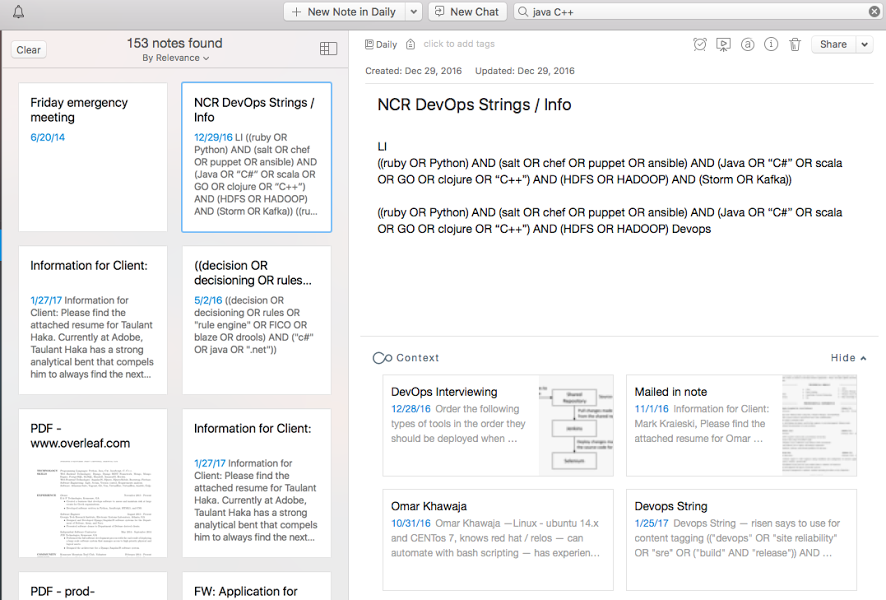
 About our Author: Brian Fink
About our Author: Brian Fink


 If you want interviewing advice, there’s literally millions of options out there, and more or less, most of them say exactly the same thing (see stock art for specious stock advice).
If you want interviewing advice, there’s literally millions of options out there, and more or less, most of them say exactly the same thing (see stock art for specious stock advice). We talk a lot about the value of recruiting skill sets, but forget sourcing, tech or branding for a minute.
We talk a lot about the value of recruiting skill sets, but forget sourcing, tech or branding for a minute.

 If there is one thing I’ve learned, it is that employees have way too much information that lives solely in their heads. I learned this when I went through my first software implementation of Oracle almost eight years ago when I worked in higher education. I thought it was a fluke, but now I am in software. I can tell you, all my hopes and dreams of that being a fluke were broken. When I went to ask for workflows before deciding to implement new software, people would freeze.
If there is one thing I’ve learned, it is that employees have way too much information that lives solely in their heads. I learned this when I went through my first software implementation of Oracle almost eight years ago when I worked in higher education. I thought it was a fluke, but now I am in software. I can tell you, all my hopes and dreams of that being a fluke were broken. When I went to ask for workflows before deciding to implement new software, people would freeze. 1. People Vs. Machine.
1. People Vs. Machine. 4. Train users on an ongoing basis.
4. Train users on an ongoing basis. About our Author:
About our Author: 
 Cold calling sucks. I know for most of you, this isn’t news. The thing is, it isn’t difficult, it’s just miserable.
Cold calling sucks. I know for most of you, this isn’t news. The thing is, it isn’t difficult, it’s just miserable.

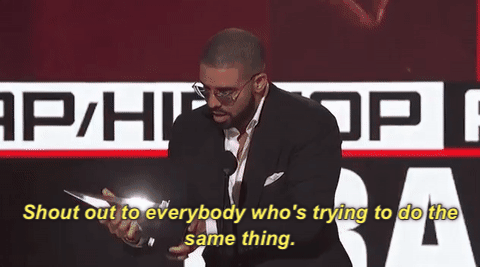

 Once, I had a job with an SEO company. I sat next to a guy who’d been there long enough to have figured out the only way to keep his sanity while continuously cold calling was to have some fun and say the most ridiculous things he could think of to the buyer.
Once, I had a job with an SEO company. I sat next to a guy who’d been there long enough to have figured out the only way to keep his sanity while continuously cold calling was to have some fun and say the most ridiculous things he could think of to the buyer. At one point in my career, I had the, uh, pleasure of working for one of the country’s biggest mobile phone carriers. Believe it or not, people still use the phone for stuff like customer service, billing and buying stuff like more phone lines or a cell phone upgrade.
At one point in my career, I had the, uh, pleasure of working for one of the country’s biggest mobile phone carriers. Believe it or not, people still use the phone for stuff like customer service, billing and buying stuff like more phone lines or a cell phone upgrade. If you hate people, then why would you get a job that requires interacting with them? It’s like in HR; people people mostly dislike people, I’ve found.
If you hate people, then why would you get a job that requires interacting with them? It’s like in HR; people people mostly dislike people, I’ve found. Alexis Gingerella is the operational brainpower behind RecruitingDaily, responsible for managing client deliverables and tracking results, keeping the team on task and on time.
Alexis Gingerella is the operational brainpower behind RecruitingDaily, responsible for managing client deliverables and tracking results, keeping the team on task and on time.
 Why am I here? Do I know what I am doing? Why do they hate me? These are not questions from a teenager’s journal. These are questions recruiters ask themselves when things seem rough. The truth about recruiting is that it is 75% skill and training but 25% luck. There are days when you can do everything right and lose a candidate. Of course, that means you can also do everything wrong and place a candidate.
Why am I here? Do I know what I am doing? Why do they hate me? These are not questions from a teenager’s journal. These are questions recruiters ask themselves when things seem rough. The truth about recruiting is that it is 75% skill and training but 25% luck. There are days when you can do everything right and lose a candidate. Of course, that means you can also do everything wrong and place a candidate. 2. Take Care of Yourself.
2. Take Care of Yourself.
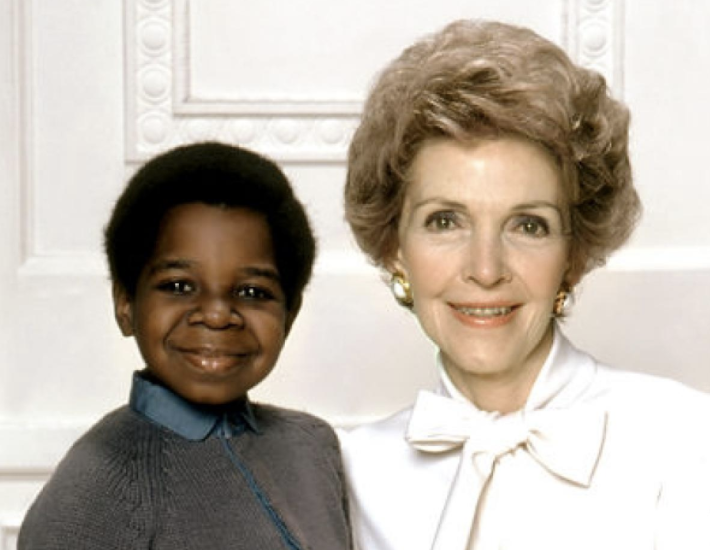

 Recently, I’ve taken the time to specifically reach out (often unsolicited) to other recruiters I come across who have been in the business for less than a year to introduce myself, learn a little bit more about them and offer them support, guidance and (most importantly), encouragement – something recruiters too rarely hear, I’ve learned.
Recently, I’ve taken the time to specifically reach out (often unsolicited) to other recruiters I come across who have been in the business for less than a year to introduce myself, learn a little bit more about them and offer them support, guidance and (most importantly), encouragement – something recruiters too rarely hear, I’ve learned.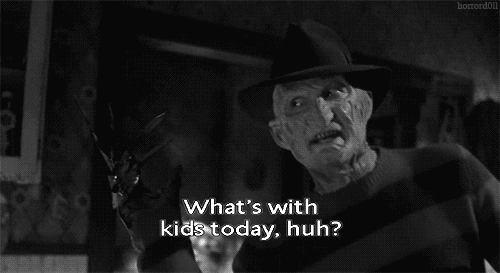
 They nodded eagerly, so I leaned in. And I began telling them one of my favorite stories – which, you know, I’m a big fan of telling. I think they must be entertaining, because, well, I tend to be long winded and given to non sequiturs.
They nodded eagerly, so I leaned in. And I began telling them one of my favorite stories – which, you know, I’m a big fan of telling. I think they must be entertaining, because, well, I tend to be long winded and given to non sequiturs. Normally we talk about “Gen X” this, “Gen Y” that, and focus on demographic divisions rather than our shared similarities, aspirations and interests.
Normally we talk about “Gen X” this, “Gen Y” that, and focus on demographic divisions rather than our shared similarities, aspirations and interests. This is the most important lesson I think I have for young recruiters. It’s easy to forget that, in the push and pull between hiring managers and candidates, between compensation and the competition, between different departments and agencies and vendors and whatever, that we’re actually the experts in all of this.
This is the most important lesson I think I have for young recruiters. It’s easy to forget that, in the push and pull between hiring managers and candidates, between compensation and the competition, between different departments and agencies and vendors and whatever, that we’re actually the experts in all of this. Derek Zeller draws from over 16 years in the recruiting industry. The last 11 years he has been involved with federal government recruiting specializing within the cleared Intel space under OFCCP compliance. He is currently serves as Technical Recruiting Lead at Comscore.
Derek Zeller draws from over 16 years in the recruiting industry. The last 11 years he has been involved with federal government recruiting specializing within the cleared Intel space under OFCCP compliance. He is currently serves as Technical Recruiting Lead at Comscore.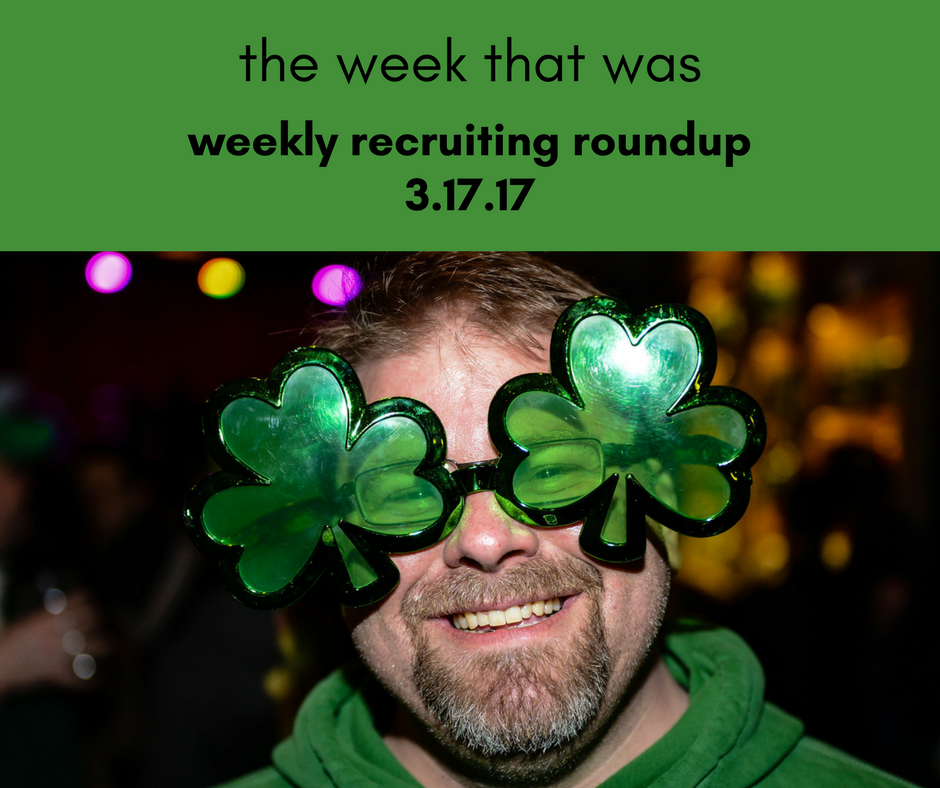

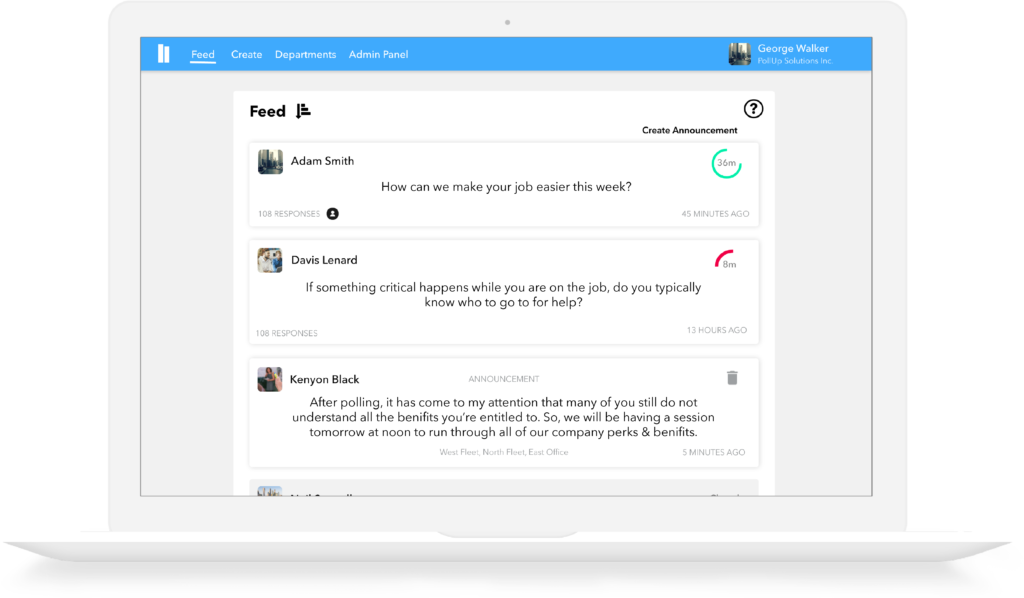


 When it comes to diversity recruiting, there is no silver bullet. Diversity hiring has been a priority for years yet whatever we are doing, doesn’t seem to be working. Just look at the stats. According to the
When it comes to diversity recruiting, there is no silver bullet. Diversity hiring has been a priority for years yet whatever we are doing, doesn’t seem to be working. Just look at the stats. According to the  Another example occurred at a “Black Engineers of San Francisco” event. I was one of the few non-Blacks but was absolutely the only recruiter. Another example happened at a Girls in Tech event. I was having a great conversation with one of the participants but all of a sudden, she quickly came up with an excuse to exit the conversation when she heard I was in recruiting.
Another example occurred at a “Black Engineers of San Francisco” event. I was one of the few non-Blacks but was absolutely the only recruiter. Another example happened at a Girls in Tech event. I was having a great conversation with one of the participants but all of a sudden, she quickly came up with an excuse to exit the conversation when she heard I was in recruiting. 
 Allison Mackay is currently responsible for Infrastructure Data Center Recruiting at Facebook. Her current team manages hiring for the Facebook team responsible for design center site selection strategy, infrastructure design and creation, the operation of data centers, servers, and network hardware, and managing Facebook’s standards compliance and sustainability programs across Facebook’s data center sites.
Allison Mackay is currently responsible for Infrastructure Data Center Recruiting at Facebook. Her current team manages hiring for the Facebook team responsible for design center site selection strategy, infrastructure design and creation, the operation of data centers, servers, and network hardware, and managing Facebook’s standards compliance and sustainability programs across Facebook’s data center sites.